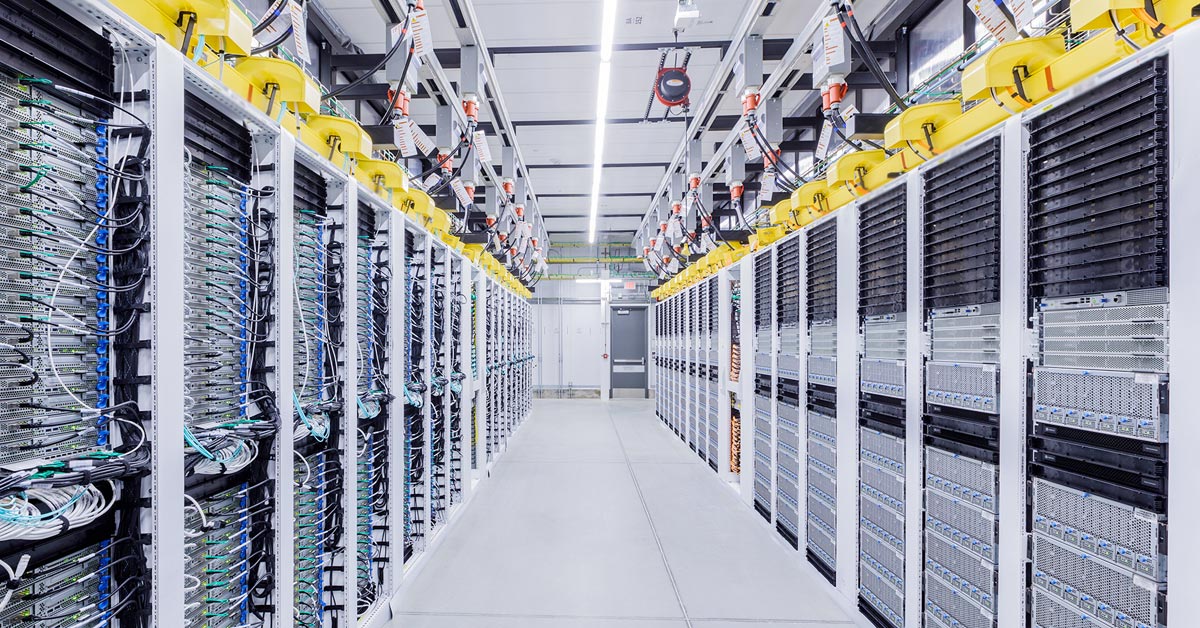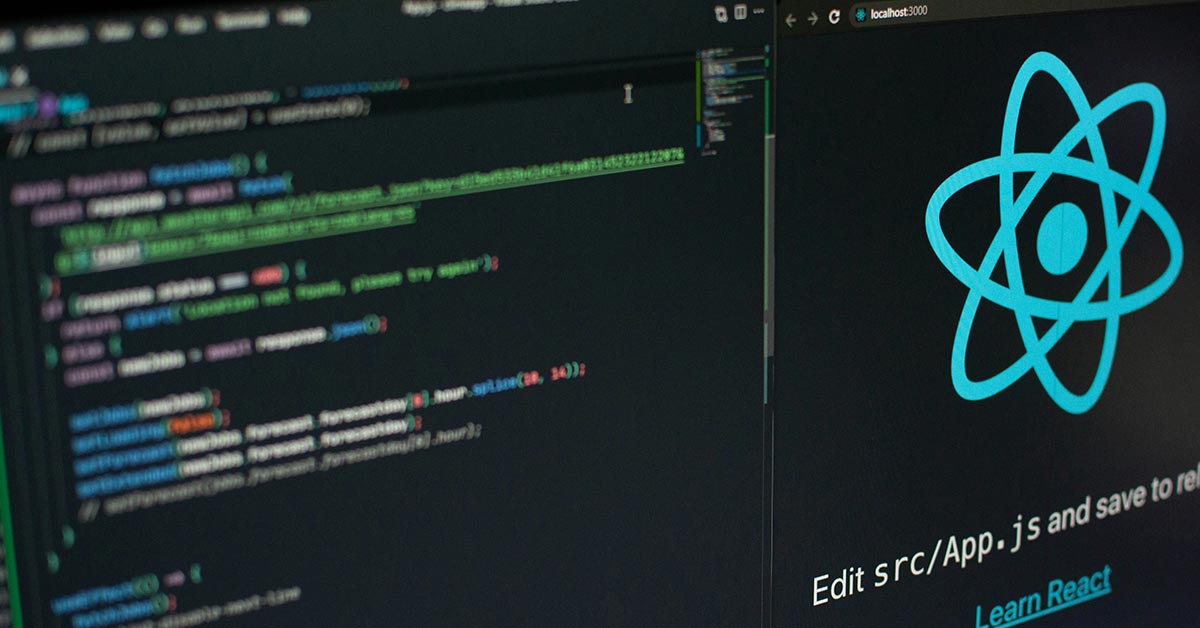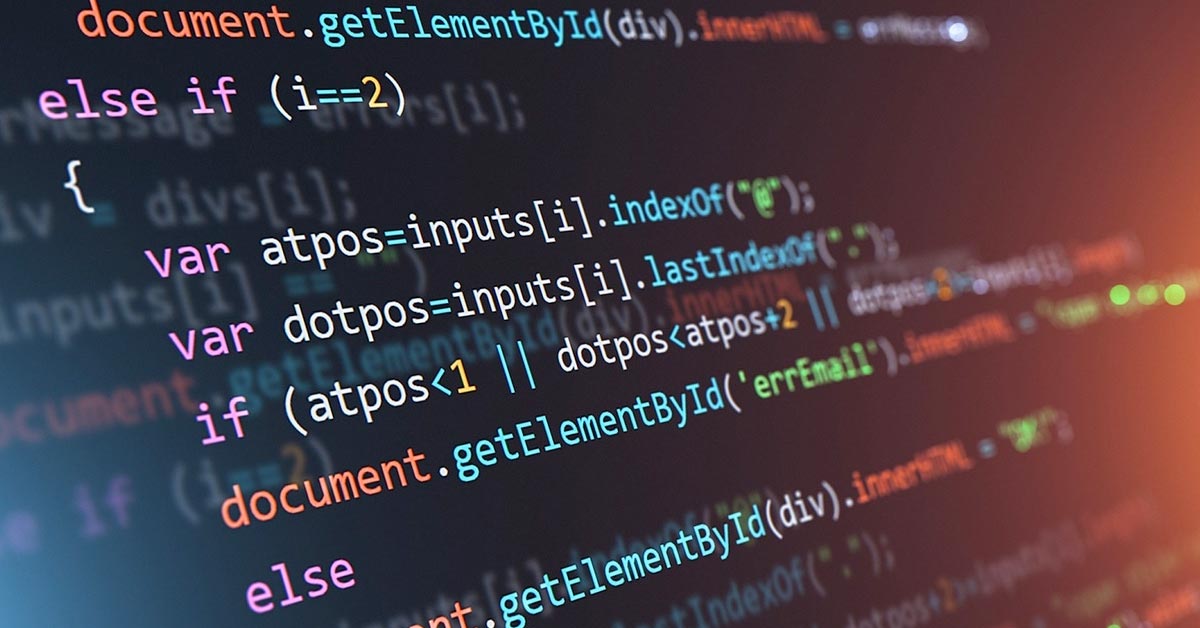What AI Can Do
The uses of AI seem to be almost limitless. In the past you might have said that AI can’t replace human creativity, but with AI now able to generate art, write sonnets and compose music, it’s harder to say that this is still true. Certainly, AI does require the analysis of past human creations to base its generation on, but do humans create their art in isolation? Do humans not take inspiration from each other? Perhaps you do not consider this to be the same, and I would agree. There is importance to the human experience, while AI can analyse data about the world, it doesn’t experience it the way we do (although development of AI may change this if their sensors can be made to be extremely similar – and how can we determine what the AI ‘experiences’?).
But that doesn’t detract from how impressive the advancements in AI are, and those developers responsible for them.
Recent AI Advancements
In 1955 John McCarthy coined the term Artificial Intelligence. 5 years earlier, Alan Turing proposed the Turing Test as means of measuring a machine’s ability to exhibit intelligent behaviour equivalent to humans. And there has since been a number of notable AI developers including Marvin Minsky – co-founder of Massachusetts Institute of Technology’s (MIT) Artificial Intelligence Laboratory and a founding member of the MIT Media Lab, Yann LeCun – a pioneer in convolutional neural networks, and Geoffrey Hinton – an expert in deep learning.
The culmination of the years of AI development is today’s landscape of intelligent tech. Autonomous vehicles are becoming a realistic expectation. Within the next few years, it may be normal for all new cars to be at least partially autonomous. Another focus of AI is in healthcare. AI can be used in a multitude of ways; detecting diseases from analysing diagnostic imaging, in drug development through analysing large amounts of data, monitoring vital signs in patients, and even aid in personalised medicine – analysing individual patient data to predict the individual’s response to treatment options and provide recommendations for treatment and diagnosis. It can even be used to predict future issues a patient may experience based on the patient’s data. Other areas that AI is developing in include financial analysis and its integration into our own devices and appliances.
Some developments in AI to support such applications include:
- Adversarial AI – using AI to ‘attack’ other AI systems to test and then improve their robustness against such attacks. These include deliberately misleading, data poisoning, model stealing and evasion attacks. It is important as AI is used in situations where a weakness could cause real harm, such as healthcare
- Explainable AI (XAI) – AI systems being able to explain in terms easily understood by humans how it has come to a conclusion or its actions. This then improves the transparency of the AI
- Large Language Model (LLM) – perhaps one of the biggest advancements in machine learning in recent years. LLM generate sentences and text similarly to how humans talk and write. LLM can read, translate and summarise text and predict future words in a sentence. An example of this is Generative Pre-Training Transformer 3 (GPT-3) – a language processing model developed by OpenAI. A variant of GPT-3 is ChatGPT which has gained significant notice recently. ChatGPT has a wide range of capabilities, from writing essays to writing code to writing stories. While not infallible, its accuracy and possible uses has gained ChatGPT significant attention
- Reinforcement Learning – training AI using a rewards and penalties system where the AI learns from its environment through trial and error
- Transfer Learning – where AI is trained on one task and then applies this learning to another related task, improving its performance from one task to the next
- AI for Social Good – a bit different from the above technical advances in AI. AI for Social Good is the concept of using AI for the betterment of society and with consideration and limiting of its negative impacts
AI in Business
AI has a multitude of uses in business that keeps growing year on year. The main aim that most businesses will have in implementing AI is increasing efficiency and reducing costs. AI can be used to automate tasks, particularly repetitive tasks, including data entry, chatbots, scheduling, manufacturing and logistics. Tasks such as analysing large amounts of data can be completed quickly and accurately, the results passed to workers to utilise. Other uses include fraud detection, predictive maintenance and inventory management. The limit to what AI can be utilised for is really a limit to what we can imagine AI being implemented in.
With AI having such a broad range of uses, it follows that it can be utilised in a broad range of business areas. Customer service, sales, marketing, finance & accounting, manufacturing, even management have current and potential AI uses. Customer service use chatbots to replace or run alongside other customer service options. Sales can be improved by presenting personalised recommendations to consumers. Many manufacturing processes can incorporate automation, and supply chains can improve their efficiency through AI driven optimisation. Businesses can improve their services and efficiency by using AI to replace time consuming tasks and analyse their customers and market to determine how they can improve.
The Future of AI
So that was a look at what AI can currently do, but what of the future? Further developments will increase the complexity of the tasks that AI is able to complete.
These include:
- Further automation of repetitive and routine tasks
- Improved data analysis capabilities with greater ability to predict potential outcomes
- Optimisation of business processes as well as innovation in current and new products
- AI will be able to provide customers with higher levels of personalised services. The aim being to increase engagement and improve their experience
- AI’s role in cybersecurity will be important. Being used to analyse data to identify patterns and threats, detect access attempts, automate responses to threats and identify vulnerabilities.
Teams and individuals across the world are working on AI, developing its capabilities with the future of technology in mind. There are many areas of AI that are currently being developed. From General Artificial Intelligence to Neuromorphic Computing to Explainable AI, the field is ever evolving. The main concern that arises with the rising use and abilities of AI is our role – the jobs of humans being displaced due to the potential efficiencies of AI. This is a large and complex issue that from now into the foreseeable future governments, social leaders and businesses will have to take seriously and work to reskill individuals, invest in industries and entrepreneurship, and create strategies to address the issue. Such changes to our technological capabilities has led us into the fourth industrial revolution.
Fourth Industrial Revolution
As with the previous industrial revolutions, the changes are significant to society and require that jobs evolve. AI can be used to significantly improve our lives – advancing healthcare, replacing physically dangerous jobs as well as monotonous work, advancing research and technical capabilities. It can also create new jobs as AI can aid in innovation, creating new jobs through growth of industries. Also, AI has limitations – one such limitation being its specialised intelligence. AI, once trained, will perform specific tasks. In comparison, humans have generalised intelligence, excelling in problem solving, abstract thinking and judgement. Great strides have been made to counteract the limitation of specialised intelligence in AI, and so it is likely to become less of a limitation. For example, ChatGPT generalises all kinds of human speech and code. Also, self-driving technology requires an ensemble of reinforcement learning, planning and deep learning.
As AI progresses, we will be working more and more alongside AI as we make our way through the fourth industrial revolution.
Conclusion
AI has an ever-growing list of potential uses in business. From the easily implemented chatbots to the complex detection of fraud, AI has permeated across many industries. The use of AI will differ between businesses. While a chatbot may be the answer for one business, another may prefer offering customers a more personal human experience. It is important to consider what AI can bring and what it lacks when making the choice to implement. There is also the consideration of cost; the easily identifiable financial cost, but also the potential impact on customer experience, quality and employee morale. AI can be implemented and used to great effect, so long as it is chosen based on identified benefit over a rush to use something new or follow a fad.
Learn more about AI here.















